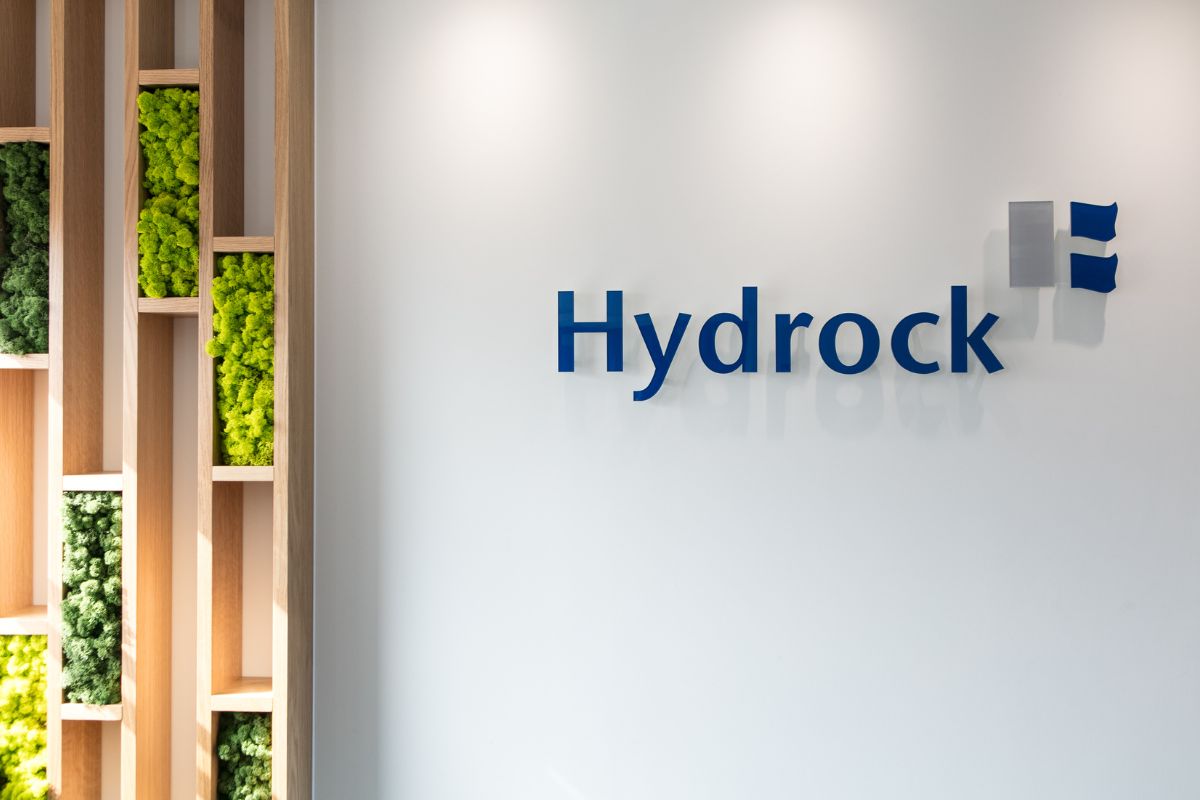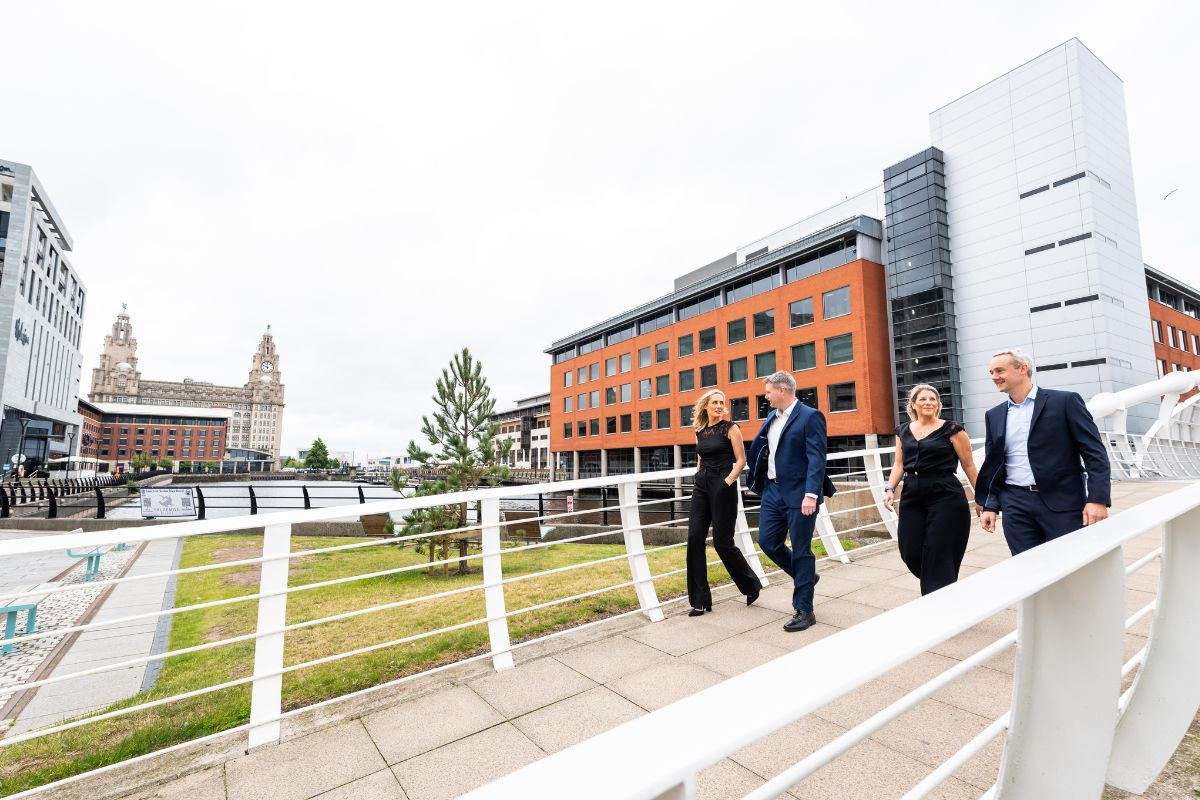Introducing the UK's first Net Zero Carbon Buildings Standard
While significant progress has been made over the last few years in defining what ‘net zero carbon’ means for buildings in the UK, professionals spanning sectors across the built environment have called for a single, agreed methodology. With support from across the industry, leading organisations BBP, BRE, the Carbon Trust, CIBSE, IStructE, LETI, RIBA, RICS and UKGBC, have joined forces to develop the UK’s first Net Zero Carbon Buildings Standard – the Standard.

Once launched, the Standard will provide the industry with the tools and confidence to robustly measure if our built assets are net zero carbon and in line with current UK climate targets.
The Standard provides a rulebook for verifying new and existing buildings as meeting net zero carbon. The following key principles underpin the technical requirements for net zero carbon buildings as they are being developed for the purposes of this Standard – which should also be reflected in any and all building related policies and regulations:
1. Prioritising energy efficiency and eliminating the performance gap
This involves transitioning away from the practice of relative compliance with notional building targets (e.g. EPCs), and instead adopting metrics of absolute performance outcomes in terms of energy use intensity (e.g. Energy Use Intensity targets in kWh/m2/yr).
As part of this we need energy modelling methodologies that can predict energy consumption as accurately as possible and we also need new types of contracting models, more rigorous testing, commissioning, and data sharing requirements and mandatory energy performance disclosure rules for certain asset types.
2. Adopting a whole life carbon approach
As operational emissions from buildings in use reduce over time, the relative significance of embodied emissions from construction and refurbishment materials, mechanical and engineering services and property maintenance will become more significant. The Standard will include limits on embodied carbon (e.g. kgCO2/m2) in addition to limits on operational energy.
It is imperative that we also adopt a whole life carbon approach to the decarbonisation of buildings within the bounds of regulations and policy, starting with the introduction of mandatory life cycle assessments (for new construction and major refurbishments), and soon thereafter introducing limits to upfront carbon emissions for different asset types.
3. Enhancing renewable energy generation
Maximising the potential for buildings to generate onsite renewable energy in order to substantially accelerate the transition away from fossil fuel-based electricity generation to renewable sources will become increasingly critical as we have to accommodate growing demands from the electrification of heating and transport.
4. Ensuring that buildings are responsive to fluctuations of the electricity grid
We need to move towards measures to limit peak demand and enable load shifting for both regulated and unregulated loads.
Part of this will involve the installation of Demand Side Response (DSR) technologies and approaches, such as thermal storage, electrical batteries, smart appliances, and managed/V2G electric vehicle charging.
5. Prioritising the reuse of existing buildings and assets
To maximise resource efficiency and drive out embodied or whole life carbon emissions it is essential that we take a holistic view of the built stock that already exists, reusing and retaining it as much as possible through retrofit, refurbishment and change of use or repurposing works.
This should be the default preference above demolition and new build – with the latter only being granted planning permission if it can be shown that it materially lowers the whole life carbon impacts of an asset due to its inability to meet high performance outcomes, and only where significant efforts have been made to reduce the embodied carbon of any new buildings.
In September 2022 a Governance Board for the Standard was established, of which I have the privilege to be Chair. I am supported by a diverse membership of specialists helping to drive forward this initiative at pace. The Board has been joined by representatives from the Property Industry Alliance, the Royal Incorporation of Architects in Scotland and the Institution of Civil Engineers.
Today, there are more than 350 people contributing directly in a voluntary capacity to the creation of the Standard across various Task Groups and the Standard’s Technical Steering Group.
In November 2022 we launched a ‘Call for Evidence’ and, when it closed in January this year, we had received embodied carbon assessments for 800 individual buildings and metered operational data for 3,000 buildings across the UK. This data is now being analysed in detail, and our first draft Performance Levels will be published at the end of May.
As we look ahead to the rest of 2023, we are seeking to consult and engage with the wider built environment sector, to hear your views and to understand how you would utilise the Standard for your own assets and building projects,
Based on the response of this great sector to date, I am very optimistic about how the Standard is taking shape, and everyone involved in the development of it looks forward to engaging with as many of you as possible on helping to forge it as a fundamental building block to achieving true net zero carbon in our built environment.
To stay up to date with the Standard and register for a quarterly update visit our website and register your details.
David Partridge is the chair of the governance board of the UK Net Zero Carbon Buildings Standard. He is also chairman of Related Argent and non-executive partner at Argent.


